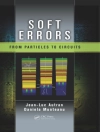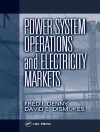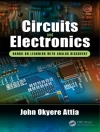This book provides an overview of state-of-the-art research on “Systems and Optimization Aspects of Smart Grid Challenges.” The authors have compiled and integrated different aspects of applied systems optimization research to smart grids, and also describe some of its critical challenges and requirements.
The promise of a smarter electricity grid could significantly change how consumers use and pay for their electrical power, and could fundamentally reshape the current Industry. Gaining increasing interest and acceptance, Smart Grid technologies combine power generation and delivery systems with advanced communication systems to help save energy, reduce energy costs and improve reliability. Taken together, these technologies support new approaches for load balancing and power distribution, allowing optimal runtime power routing and cost management. Such unprecedented capabilities, however, also present a set of new problems and challenges at the technical and regulatory levels that must be addressed by Industry and the Research Community.
Table of Content
Chapter 1: Optimization Approaches to Security-Constrained Unit Commitment and Economic Dispatch with Uncertainty Analysis.- Chapter 2: Homeostatic Control and the Smart Grid: Applying Lessons from Biology.- Chapter 3: Operator’s Interruption Cost-Based Sectionalization Method for 3-Feeder Radial Distribution Architecture.- Chapter 4: The Role of Flexible Demands in Smart Energy Systems.- Chapter 5: Smart Grid Tamper Detection using Learned Event Patterns.- Chapter 6: Automating Electric Substations using IEC 61850.- Chapter 7: Phasor Measurement Unit and Phasor Data Concentrator Cyber Security.- Chapter 8: Infrastructure Security for Smart Electric Grid: A Survey.- Chapter 9: Known Secure Sensor Measurements Concept and Its Application for Critical Infrastructure Systems.- Chapter 10: Data Diodes in Architectures to Support Trustworthy Physical Cyber Infrastructures.












